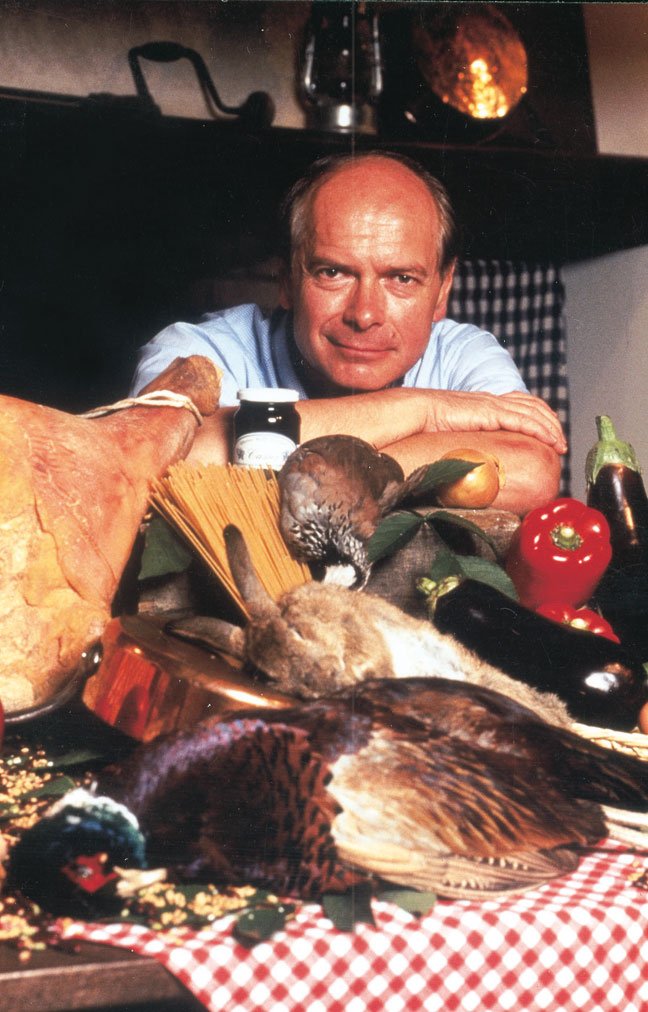Montignac diet is one of the most popular weight loss diets, created by Frenchman Michel Montignac and became famous in the ’90s, especially in Europe. Michel Montignac, who, like his father, suffered from extra pounds in early years, have proposed an effective and lasting weight loss method reducing risks of heart problems and preventing diabetes.
Montignac diet is more a lifestyle than a weight loss diet and its motto is “I eat but I lose weight”. The idea is to change our eating habits. We don’t have to eat less, just better, healthier, carefully choosing foods from our daily menu.
Montignac Diet teaches us how to effectively combine foods to lose weight gradually. Diet consists of two phases: weight loss and maintaining the weight.
Diet Monignac Principles
1. Calorie theory is false:
Michel Montignac considers calories theory is a hoax, a simplistic hypothesis and lacking in real foundation.
Many studies confirm that, contrary to what most nutritionists say, there is no link between obesity and calories. It is well known “yo-yo effect” of weight loss diets – weight loss followed by rapid weight gain.
2. Good Carbohydrates and Bad Carbohydrates:
Michel Montignac classifieds foods by their glycemic index. The glycemic index is an indicator showing power glycemic foods.
The carbohydrates are good when their glycemic index (GI) is under 60; (the best under 50):
– decaffeinated coffee, skim milk, juices, cheese, fruit, fish and white meat in general.
The carbohydrates are bad when their glycemic index (GI) is over 60:
– Bread; pasta; potatoes; digestive drinks; alcohol drinks.
3. Good Fats and Bad Fats:
Michel Montignac has a classification of lipids according to their nature, in good and bad fats. Bad fats are actually those responsible for the high cholesterol.
Good fats are contained in vegetable oils and fatty fish.
Bad fats are: meat, sausage, butter and cheese.
4. More Fibers:
In Montignac diet in encouraged the consumption of fibers (vegetables; fruits and grains). They have a great role in digestion and they prevent the absorption of lipids. And also, fibers are very good for your bowel.
Sample Montignac Menu
Sample 1:
- Breakfast: fruit, rye bread, light margarine, decaffeinated coffee and milk
- Lunch: avocado with vinaigrette, green beans, meat, cheese and mineral water
- Dinner: vegetable salad or vegetable soup, omelet with mushrooms, lettuce, cheese or yogurt
Sample 2:
- Breakfast: herbal tea or fruit, rye bread with cheese and apples
 Lunch: tomato soup with basil, lettuce and cheese, ham, boiled eggs, tomatoes and olive oil, dark chocolate
Lunch: tomato soup with basil, lettuce and cheese, ham, boiled eggs, tomatoes and olive oil, dark chocolate
Dinner: vegetable soup, salad with mushrooms, apples and fresh cheese
Sample 3:
- Breakfast: nectarine; tea, skimmed milk, rolled oats.
- Lunch: palm hearts, home-made salad, roast skinless chicken, green beans, cooked cheese.
- Dinner: home-made vegetable soup, fat-free cheese, apples sauce or other fruits preserves.
While Michel Montignac states this diet is based on science, not all the theories he presents are supported by clinical studies. Despite this, compared to other low carbohydrate diets, this diet offers sensible eating principles, such as eating whole grain foods and avoiding fatty foods like red meats. In general, the Montignac Diet should not be harmful for dieters to try and some dieters may experience weight loss.
However, Michel Montignac diet is quite simple, you only need to study special tabulations of compatible products, as well as with what they can be combined (and most importantly, in what quantity) and glycemic index of these products.



